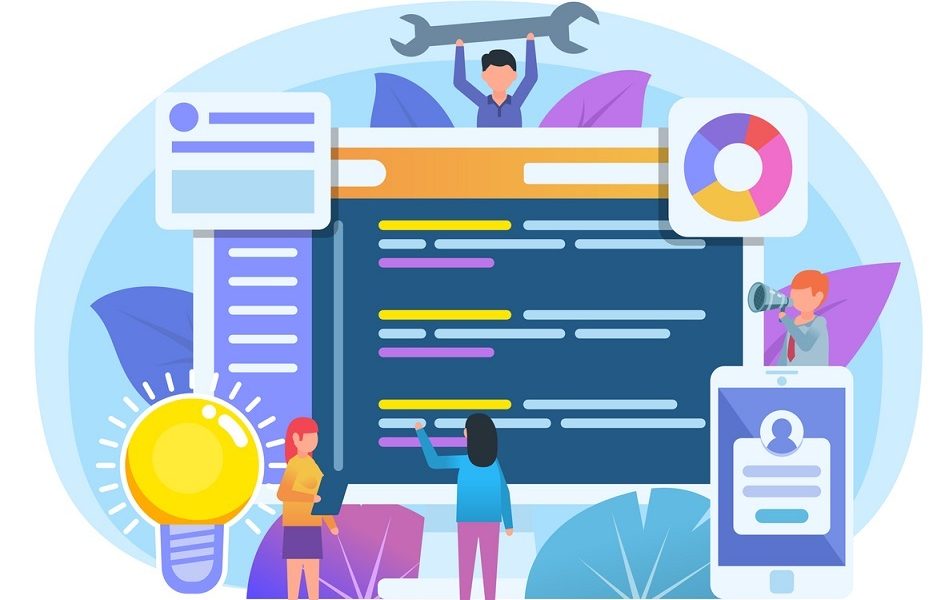The method of software production is evolving gradually. How software products are being produced today are not the same as they were being produced some years back. This is an interesting technology era where we are sandwiched between conventional testing and advanced continuous testing.
We are now shifting from the traditional structure of a huge team having centralized QA to an entirely new structure. This new structure involves small, self-contained, and autonomous teams that ship software frequently makes use of Continuous Integration tools for automating and administer their developed environment for minimizing bottlenecks.
That being said, however, how can you obtain the maximum benefits from this switch from the tradition software testing techniques to the modern continuous testing techniques? Here, in this piece of article, we will discuss some of the best practices that you can adopt for Continuous Testing Implementation. So let’s go ahead and get into this detailed discussion.
1. Choose the Correct and Best Continuous Testing Tools
Your tools are the most crucial elements of your testing job. If your testing tools equip you, enable your job, elevate your capabilities, and increase your overall productivity, you can get all your tasks done successfully. If these tools turn into a barrier for you, then you would not be capable of working and get irritated and give up.
Hence, the tools, which smoothen the path towards agility, shifting to automation, are essential to switch to Continuous Testing.
Therefore, make sure that you decide on the correct tools that equip you to test continuously. Here are some tips that can help you in choosing the best Continuous Testing tools:
- Try out the tools before buying them. By doing this, you can understand their feel, vibe, and caliber.
- Consider investing in the testing tools, which integrate seamlessly with your existing tools. Continuous Integration and Continuous Testing is basically about making things function together. Hence, decide on the tools, which can easily get incorporated into your work environment.
- Consider investing in the tool, which features a self-service platform. This will help you in upgrading and modifying whatever you require, immediately, without having to wait for the decision of other people.
- Decide on the tools, which feature rich documentation. Tools that offer easy access to the answer resource can help you in getting started quickly. They can help you with essential solutions whenever you require them.
- While testing, ensure that you can set up the pass-fail criteria easily. While conducting Continuous testing you need to determine whether the things are functioning or not immediately. Hence, make sure that your testing tool allows you to do so.
2. Go for Automation
If you want your test processes to go smoothly and quickly, try automating anything that you possibly can. This will save a lot of time and make your job much more interesting. Nowadays many tools are available in the market that can help you to automate.
Also Read: A Comprehensive Guide To User Acceptance Testing
3. Collaborative Approaches Are Often More Productive
Transforming your big Dev team into smaller ones is very important to make the processes agile. However, always keep in mind that each team is a subgroup of a bigger product. Make sure that all the teams work in collaboration with one another.
Hence, share assets and tests across the functional teams, ensure that the reports are sharable and easy-to-access online, activate permissions and roles, and make use of webhooks for notifying users when the tests begin and get completed.
The more easily information gets shared among the individuals, the more cooperation and ideas will come.
Also Read: Top Bug Tracking Tools for Successful Software Testing
4. Define and Show Up the Results
Now that you have selected the best tools, automated almost everything, and are sharing work, you have to watch out for one more thing. You need to focus on the results. The results will showcase whether your product and code are functioning and whether there is any gap that needs to be filled.
The results should be displayed publicly for creating more transparency and identifying gaps easily in the test coverage. Consider displaying the results over big monitors in the cubicle rooms or hallways.
The Takeaway
Continuous Testing implementation needs a transformation in the way you perceive things. However, the correct environment and right tools can make your work a lot more interesting, faster and smoother. Continuous Testing is a new age approach to testing software products. It is a modern and more advanced way of handling things. It takes us towards the agile trend that makes software development and testing processes faster and smarter.
That being said, however, to get the maximum benefits from this approach of software testing, you need to adopt the best practices and abide by the above-mentioned guidelines for carrying out improved Continuous Testing. These guidelines will help you in utilizing the full scope of Continuous Testing for getting maximized productivity.







